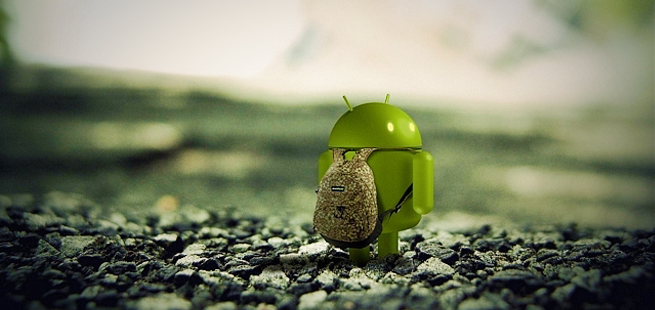
Wrapped up in today’s huge Google Play announcement was an interesting tidbit: Google is scrapping the Android Market and Google Music as independent brands or apps.
[aditude-amp id="flyingcarpet" targeting='{"env":"staging","page_type":"article","post_id":399762,"post_type":"story","post_chan":"none","tags":null,"ai":false,"category":"none","all_categories":"business,","session":"B"}']You can also kiss the company’s branded eBookstore goodbye.
“On your Android phone or tablet, we’ll be upgrading the Android Market app to the Google Play Store app over the coming days,” read the company’s official blog post, which continued to say that the apps and games you currently run will now be branded as Google Play games and Google Play apps.
AI Weekly
The must-read newsletter for AI and Big Data industry written by Khari Johnson, Kyle Wiggers, and Seth Colaner.
Included with VentureBeat Insider and VentureBeat VIP memberships.
The same goes for Google Music songs, which will now be Google Play songs. And your Google eBookstore titles will now be Google Play ebooks.
Over the next seven days, the Play app will start to replace both the Market and the Music apps. Here’s a video about the Android Market/Google Play switcheroo:
It may seem like mere semantics or an exercise in branding, but it gives a strong hint at part of Google’s underlying philosophy these days, something new that’s been brewing over the past year or so.
Google’s range spans a hugely diverse array of products. These guys are the Procter & Gamble of the Internet; they’ve got TVs, cars, an Internet utility, an energy investment branch, and a slew of web apps from the professional to the mobile to the entertainment-related. How can they manage and maintain such an ecosystem if each app has its own brand and back end?
Google’s rolling redesign to give its web apps a more consistent look and feel was the first inkling of this push toward unification. Google+ social layers popping up in a bunch of web apps was another. And the recent privacy policy kerfuffle? More of the same: Everything is being unified and made consistent, and for the most part, consumers stand to benefit.
For example, in the new Google Play music side, you’ll be able to buy and play back tunes from a single app. In the past, you could only download music from the Android Market, then you had to go to Google Music to play it back.
[aditude-amp id="medium1" targeting='{"env":"staging","page_type":"article","post_id":399762,"post_type":"story","post_chan":"none","tags":null,"ai":false,"category":"none","all_categories":"business,","session":"B"}']
A source close to the matter said it’s easy to see this trend as giving users a single, beautiful experience that spans all of Google’s products. We’re getting a consistent, “Googley” user interface and design, as well as some consistency of features across multiple apps, from search to that black bar atop the screen. It’s supposed to make navigation easier on the front end, and on the back end, we’re seeing more interoperability between Google products.
As Google exec Bradley Horowitz told VentureBeat in a recent interview about the diversity of Google’s products, “We were making a lot of bets in a lot of places, now we’re harvesting the bets that have paid off and weeding out the others.
“There’s an art to that which is greater than the sum of its parts. It’s a natural oscillation that is very user-focused.”
VentureBeat's mission is to be a digital town square for technical decision-makers to gain knowledge about transformative enterprise technology and transact. Learn More